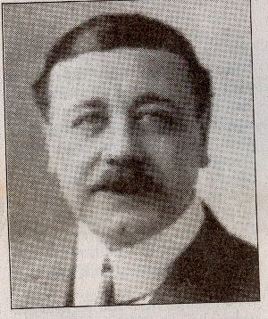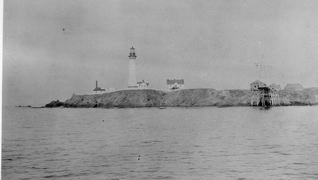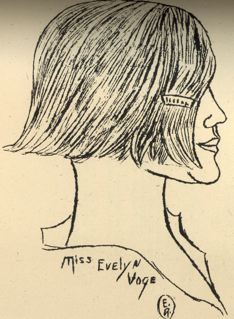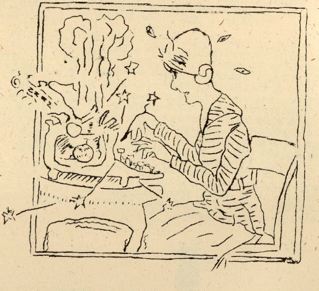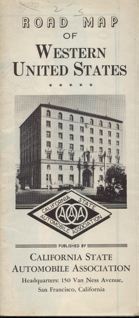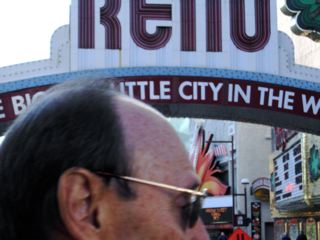Nationally known thespian Wilton Lackaye had awakened in his cabin aboard the steamship Colombia and was dressing for breakfast. Lackaye was a character actor, famous for developing the role o Svengali, the malevolent music teacher who turns an innocent, young milk-maid into a great diva under his hypnotic tutelage. He was en route to San Francisco to do his Svengali in the acclaimed play based on “Trilby”, George du Maurier’s popular romantic novel.
“I knew what had happened,” the 34-year-old Lackaye said, “but I didn’t feel the slightest bit alarmed. Neither did my wife. She knocked on the door and said the ship’s journey was at an end, but that there was no danger.”
While the shipwreck sorely inconvenienced all, there was no panic and no casualities among the 36 cabin and 26 steerage passengers. It was as if nothing extraordinary had happened.
Capt. Clark was philosophical. “As it was destined that I was to have an accident, I thank God that I had such a splendid lot of men and women on board. Why, all I did after I saw we were all right was to tell the ladies that their coffee was waiting beflow and every one of them went down.”
Lackaye seconded the captain’s opinion. “I declare,” he exclaimed, “I never saw such a lot of women in my life. There wasn’t a scream, not a faint, not a prayer, but to tell you the truth, I’ve seen more excitement at the ordinary fire drills at shipboard.”
While meals were served to the stranded passengers, the coffee importer Carlos Lastreto headed toward the stern. He heard the slap, slap, slap of oars on the water, and through the ghostly mist detected the shape of a man in a fishing boat.
Lastreto said, “I hailed the barely visible boatman through the fog.” The man in the boat was a Portuguese fisherman who claimed that he, too, was lost in the fog and he proceeded to climb aboard the Colombia.
After consulting with Capt. Clark, it was decided that Lastreto should accompany the fisherman back to shore and telegraph San Francisco from Pescadero with news of the wreck.
“Luck was with us,” Lastreto later said. As he looked back from the fishing craft, he realized the Colombia had narrowly missing crashing into Pigeon Point itself.
…To Be Continued…

